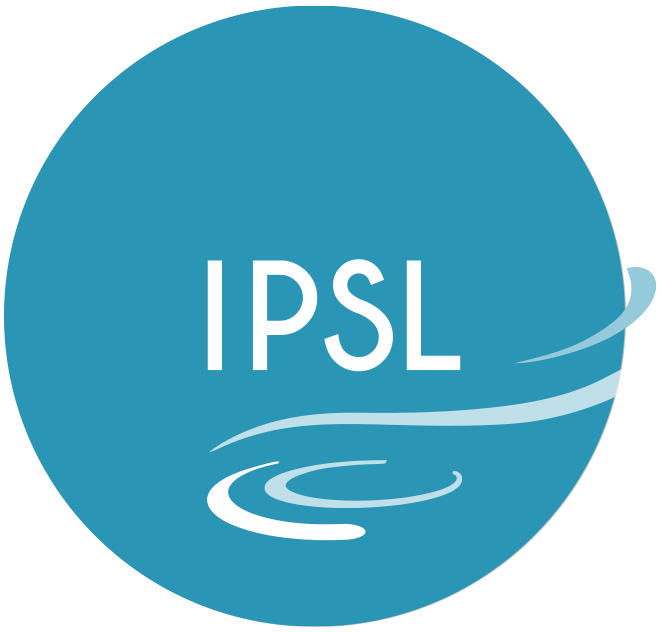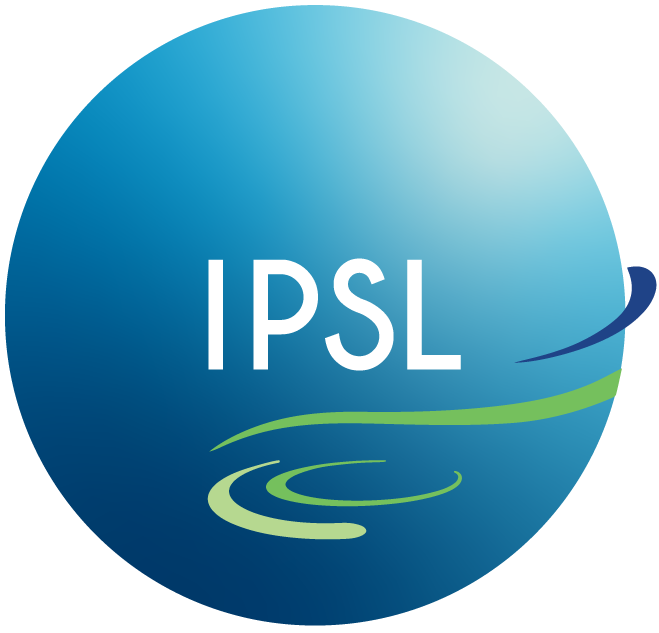Regional site for observation of the atmosphere and development of instruments
Qualair is an experimental research platform installed in the centre of Paris to observe the chemical and dynamic variability of the atmospheric column. The research carried out, climatological analyses and process studies, fall within the broader themes of the impact of urban pollution on a regional scale, and the relationships between city, health and the environment.
Favouring measurements of vertical profiles, this station is also intended to serve as an urban satellite validation site, a place for the development of new instruments or for instrumental synergies. Finally, it participates in networks of regional, national or international measures.
Manager : François Ravetta (PR LATMOS)
LATMOS : Jacques Pelon (DR CNRS), Gérard Ancellet (DR CNRS), Richard Wilson (MCF UPMC), Andrea Pazmino (Phys. Adj.), Cathy Clerbaux (DR CNRS), Pascal Genau (IE CNRS)
As part of the IPSL, the platform hosts instruments from LSCE and LERMA.
OSU-Ecce Terra : Cristelle Cailteau-Fischbach, technical coordinator of the platform, also responsible for the technical development of lidars.
Description (instruments, observables, PI)
Profiles
- MILAN backscattering lidar: lidar dedicated to the continuous monitoring of the height of the boundary layer and the backscattering profile of aerosols (PI F. Ravetta & J. Pelon)
- ALTO ozone lidar: regular measurements of the ozone profiles – continuous measurements in dedicated campaigns (PI G. Ancellet & F. Ravetta)
- Curie Radar: continuous measurements of wind profiles and estimation of turbulence in the boundary layer (PI R. Wilson)
Integrated Measurements
- Zenithal observing spectrometer (SAOZ): continuous measurements of the integrated content of ozone and nitrogen dioxide (PI A. Pazmino)
- Cimel photometer: regular measurements of the optical thickness of aerosols (PI J. Pelon & F. Ravetta)
Annual Budget (operational)
The cost of running the Qualair platform amounts to around €15k per year. This covers consumables and small repairs. Its operation is ensured thanks to the continued support of LATMOS as well as that of OSU Ecce Terra.
Investments / improvements (upgrades) made since 2012, specifying whether OSU funding
- Renewal of backscattering lidar for an amount of 70 kE (42 kE European project, 28 kE OSU)
- Improvement of ozone lidar and development of a 60 kE microlidar (40 kE DIM Analytics, 20 kE OSU)
Data management
The photometer data is disseminated via the Aeronet network. SAOZ data is available online. Raw data from the new lidar will be provided to the national ACTRIS network.
Integration into national and international networks
Integration underway into the ACTRIS / Earlinet network.
Activity report of the platform (2012-2017)
From an instrumental point of view, the following facts are worth highlighting:
- A MILAN lidar was acquired to replace the old backscattering lidar. Observations are now carried out at two wavelengths, with the polarisation being measured. This makes it possible to better characterise the aerosols and strengthen the synergy with the photometer;
- A low path for the ALTO ozone lidar was developed which was previously blind below 800 meters.
In terms of scientific exploitation, studies have first focused on statistical analyses or variability analyses: characterisation of the ozone profile (Klein, 2017); carbon dioxide flux (Xueref, 2016); link between surface measurements and the integrated nitrogen dioxide column (Dieudonné, 2013); variability in the height of the boundary layer (Pal, 2012). Two intensive observation campaigns, involving French and American colleagues, were also organised (Végilot-2014 and ParisDarkNight-2016) to study the ventilation processes of the boundary layer as well as nocturnal chemistry. They are currently being analysed.
Medium term Project
The platform will continue with scientific advances along four major guiding axes:
-
Innovative Instrumentation
Continuous measurement of the ozone profile is proving crucial to a better understanding of the reciprocal influences between photochemical pollution at the local scale and transport at the regional scale. The DEMOM project (Development and implementation of microlidars), funded by DIM Analytics, will test the concept of ozone microlidar, along with the ALTO lidar, which can only be implemented sporadically. Through this microlidar sector, the Qualair platform supports research and development activity with challenges that extend beyond the Paris region (Equipex IAOOS, CNES Stratéole2 project).
-
Instrumental synergies
The Qualair platform consolidates a significant number of instruments. Their joint application makes it possible not only to carry out well-documented observation campaigns, but also to improve the inversion algorithms by merging the data. In the coming years, priority will be given to links with satellite measurements. In particular, it is important to focus on the ability of satellites to observe and characterise the boundary layer in urban areas which is the source of numerous emissions and the horizontal variability of observations in the centre of Paris. Two missions have already been identified: IASI to better characterise the ozone profile (in connection with the backscattering lidar, the Picarro of the LSCE, and the LERMA infrared spectrometer in NDACC mode; and, Calipso (in connection with the lidar backscattering and the photometer for better characterisation of aerosols).
-
Scientific exploitation
The analyses of the Végilot-2014 and ParisDarkNigh-2016 campaigns will continue. They will allow a better understanding of:
- the impact of early-morning boundary layer development on urban photochemistry
- the influence of nocturnal jets on regional pollution
- the importance of night-time chemistry on the balance of nitrogen oxides and ozone.
To establish trends, it would be useful to rely on the Curie radar data to estimate the variability of turbulent mixing in the boundary layer. As this radar can now switch to operate in the presence of precipitation, it is also now possible to contribute to the study of water cycle disturbances within the urban heat island.
-
Data dissemination
The provision of the observations made at the level of the platform to the scientific community must continue through participation in regional, French, European and international measurement networks. An overhaul of the Qualair database in order to facilitate access and enhance results would be beneficial.
In addition, the station regularly welcomes students (from M2 OACOS & SPE) and the general public (science festival, teacher training). Unfortunately, the station’s potential for training remains limited given the small size of the premises and the uniqueness of the instruments deployed. The emphasis is therefore on raising awareness of the challenges of observation and on presenting measurement techniques.
The needs of the platform are therefore the following: an assistant engineer for the daily monitoring of instruments; the validation and dissemination of data; premises to accommodate the public, especially students; operating funds for maintenance of instruments, the main investments having already been made. The association of the LERMA and LSCE teams with the OSU would make it possible to support their activities and globally enhance the scientific observations made at the measurement station.

